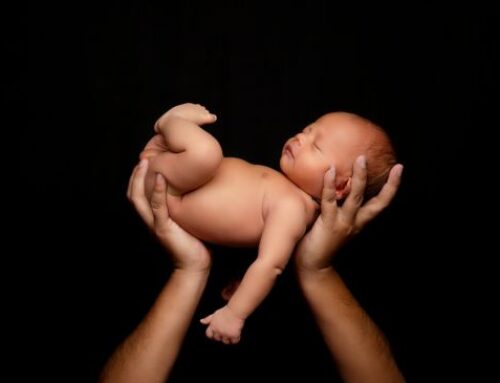On Sept. 23, the Madam Justice Sunni Stromberg-Stein of the Supreme Court of British Columbia quashed polygamy charges against Winston Blackmore and James Oler. The legal reasoning is rather technical and narrow – the defense claimed and the justice agreed that former Attorney General Wally Oppal had gone “special prosecutor shopping” – but that doesn’t change the reality that the decision will be read, at the very least, as tolerance for polygamy in Canadian law and perhaps an endorsement of the practice of plural marriage.
The details of the case are well known. Blackmore and Oler head separate factions of the Fundamentalist Church of Jesus Christ of Latter Day Saints (a breakaway sect of the Mormon Church which has renounced polygamy) in Bountiful, B.C. Earlier this year, both were charged under Section 293 of the Criminal Code which prohibits “any kind of conjugal union with more than one person at the same time” – bigamy and polygamy.
While the community has been the subject of investigations for years, the B.C. Criminal Justice Branch refused to lay charges. Two previous special prosecutors (Richard Peck and Leonard Doust) urged the attorney general not to pursue criminal charges because neither thought it would withstand a Charter of Rights challenge as they thought polygamy restrictions would be found to violate Blackmore’s and Oler’s religious rights. On the advice of Oppal’s third appointed special prosecutor, Terrence Robertson, the province of British Columbia filed charges. Blackmore was accused of having 19 wives, Oler three. Neither deny the charges, although they both claims they have a right to plural wives under the Charter because is a matter of religious doctrine.
The question of their Charter rights was not addressed in Stromberg-Stein’s decision, which simply found that Oppal was prohibited by the special prosecutor law from appointing more than one for the same case. Legally, who knows how this will end up? When we went to press, new B.C. Attorney General Michael de Jong had yet to announce whether he would appeal the decision, file a reference case or drop the matter completely. B.C. Premier Gordon Campbell said he would like the issue settled, but did not provide any hint to how he planned to do so.
Morally, however, I wonder how Canada can continue to prohibit bigamy, polygamy or any other kind of union after permitting same-sex “marriage” in 2005. It is not that I support SSM, nor do I think it wise to recognize other forms of legal union. But once the principle that marriage is the union of one man and one woman is shucked to the side, I do not understand why any limits are defensible.
Historically marriage has been the ideal way to create a family, first by unifying the couple and then through procreation and the rearing of children. It was not always practiced, but was almost always the ideal. Canadian courts and Parliament said none of that matters. The 2005 Supreme Court reference decision ignored the importance of children and claimed marriage was merely the union of a loving couple.
I find polygamy less offensive than gay “marriage” because as least it mimics the ideal of husband and wife, father and mother. It is a bastardization of those relationships, but it is closer to real marriage than that between sterile homosexual couples.
But why stop there? Why not permit marriage between animals and people or robots and people?
Interspecies marriage sounds far-fetched but in recent years there have been news reports of several cases in which a person “married” an animal: an Indian girl who wedded a frog, a New Hampshire man who shot his father for not recognizing his “marriage” to the family dog, and a British woman who joined an Israeli dolphin in matrimony. I’m not making this stuff up, although I wish I were.
Moving from the living to inanimate, David Levy, a renowned British artificial intelligence researcher, has written a book about human-robot “love” and lectured earlier this year in London about the possibility of human-robot marriage. It sounds wacky, but Levy is a fairly mainstream scientist. I remind readers that while all of this seems outrageous, at one time not so very long ago, so did the idea of same-sex “marriage.”




